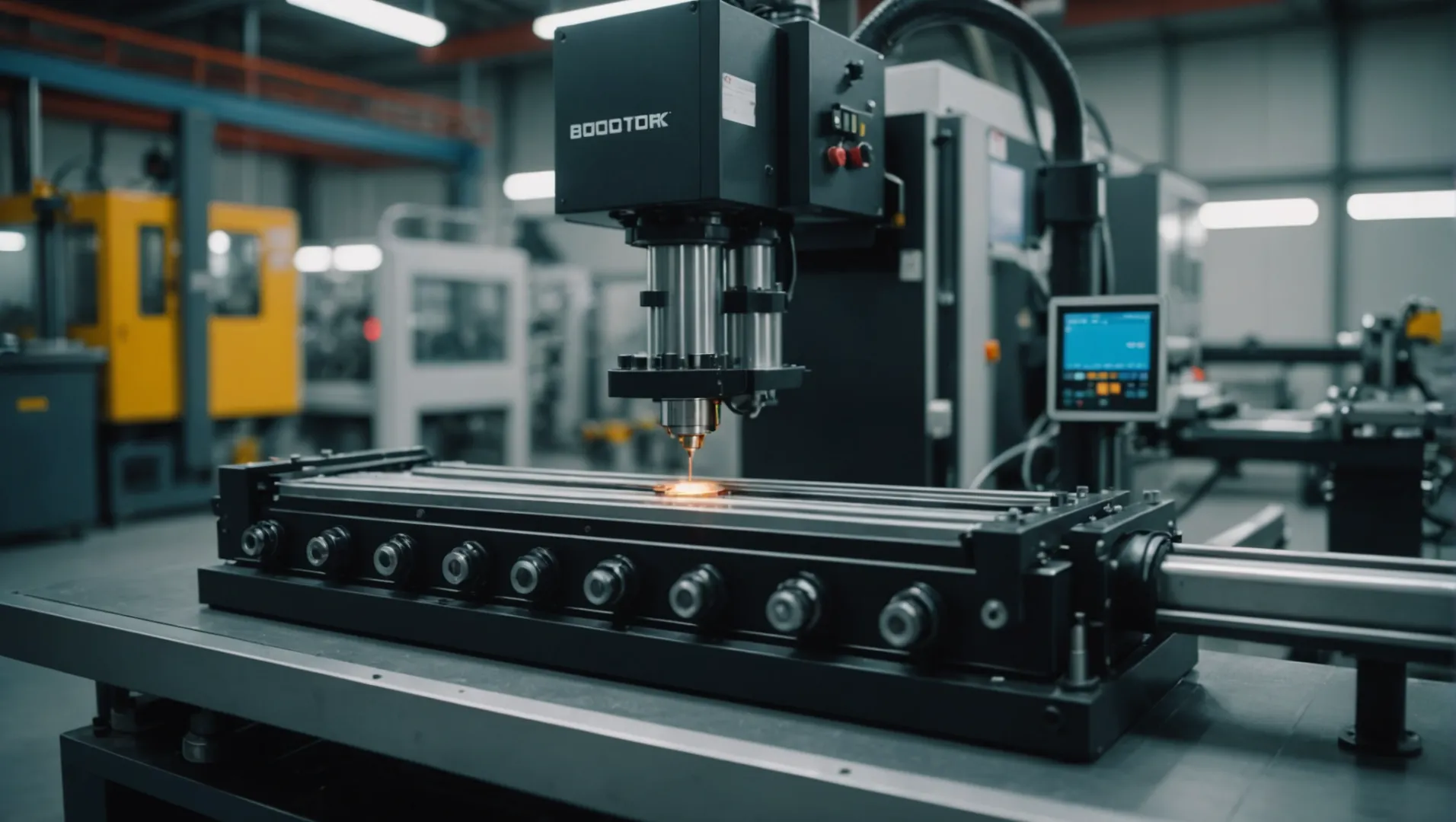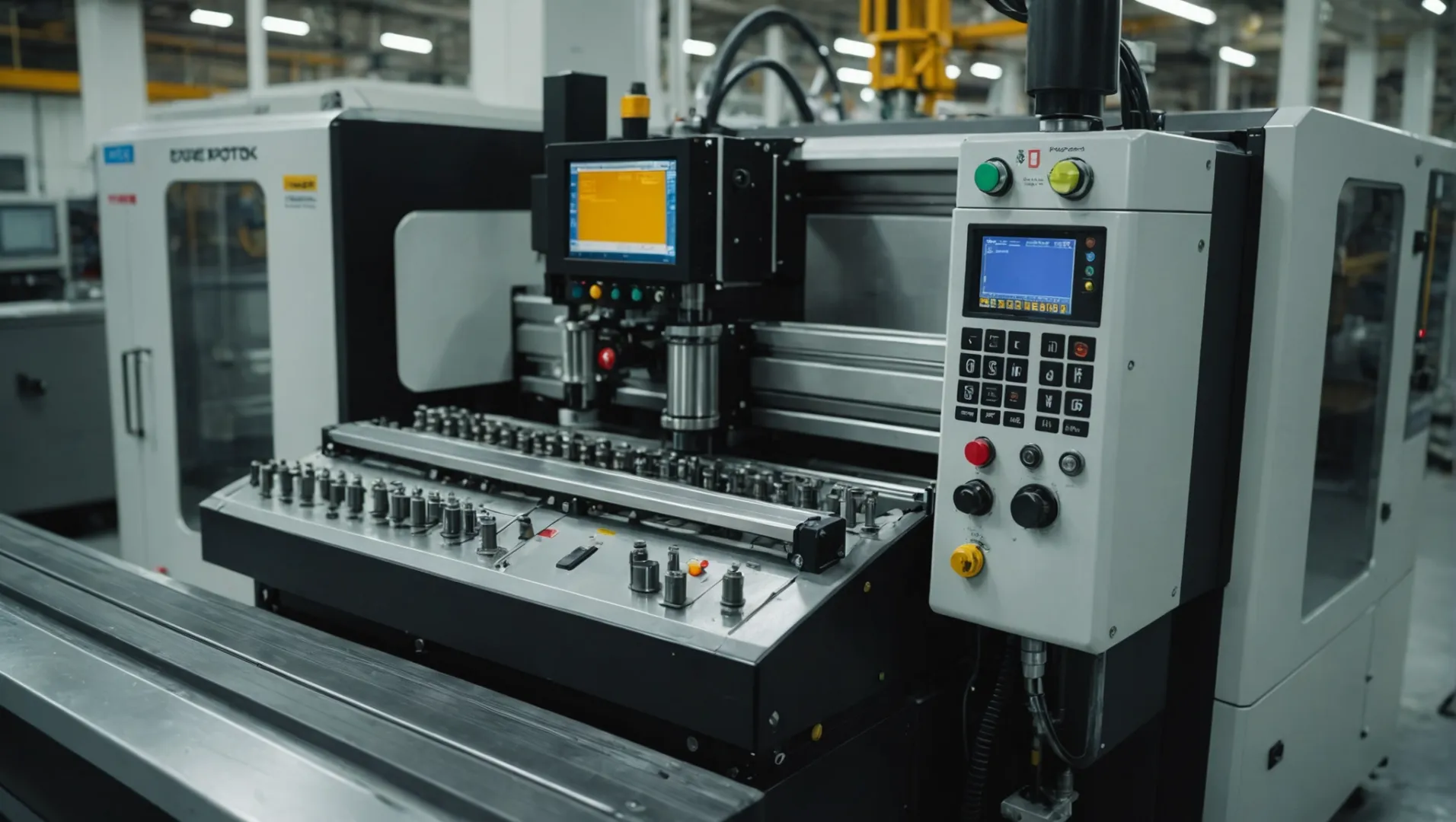
Have you ever wondered how those flexible and durable EVA products are made? The journey from raw material to a finished item is truly captivating!
Injection molding machines produce EVA (ethylene-vinyl acetate copolymer) products by carefully managing temperature, mold design, and injection parameters. EVA‘s elasticity and plasticity make it ideal for this process, enabling the production of diverse and precise components.
Now that we’ve scratched the surface of the topic, let’s dive deeper! Understanding the nuances of each element involved in the process will reveal the craftsmanship behind EVA product manufacturing.
EVA's flexibility aids in precise injection molding.True
EVA's flexibility allows it to fill molds accurately, capturing fine details.
What Makes EVA Suitable for Injection Molding?
EVA‘s unique properties make it a top choice for efficient and precise injection molding.
EVA‘s flexibility, resilience, and thermal stability make it ideal for injection molding. These properties ensure easy handling, intricate detailing, and durability of the final product.

Understanding EVA‘s Chemical Composition
EVA stands for ethylene-vinyl acetate1, a copolymer that blends the best properties of its components. The combination of ethylene and vinyl acetate results in a material that is both flexible and strong, making it perfect for intricate designs often required in injection molding.
Key Characteristics of EVA
- Flexibility: EVA is renowned for its exceptional flexibility, which allows it to fill molds accurately, capturing fine details without cracking or breaking.
- Resilience: The material’s ability to withstand repeated stress and strain makes it ideal for products that require durability.
- Thermal Stability: EVA maintains its structure across a range of temperatures, preventing deformation during the injection molding process.
The Role of Temperature Control
Temperature control is critical when working with EVA in injection molding. Setting the right temperature ensures the material flows well into the mold without degrading. Decomposition can occur if the temperature is too high, affecting product quality and increasing waste.
Mold Design Considerations
Designing molds for EVA requires accounting for its shrinkage rate to maintain dimensional accuracy. Proper mold design ensures that the final product meets the desired specifications without needing post-processing adjustments.
Adjusting Injection Parameters
Fine-tuning parameters such as pressure and speed can significantly enhance EVA product quality. Adjustments ensure even distribution of the material, leading to smoother surfaces and fewer defects.
Explore how these properties contribute to EVA‘s widespread use in industries ranging from footwear to automotive components.
EVA is ideal for intricate injection molding designs.True
EVA's flexibility and strength allow detailed mold filling.
High temperatures improve EVA's injection molding quality.False
Excessive heat can degrade EVA, reducing product quality.
How Does Temperature Control Affect EVA Molding?
Temperature control is critical in EVA molding, impacting the quality and efficiency of the production process.
Proper temperature control in EVA molding ensures optimal fluidity and prevents material decomposition, resulting in high-quality products.

Understanding EVA‘s Thermal Sensitivity
EVA, or ethylene-vinyl acetate, is a versatile copolymer known for its elasticity and plasticity. These properties make it an excellent candidate for injection molding2, but they also mean that EVA is sensitive to temperature variations. Controlling temperature precisely during the molding process is essential to maintain the integrity and quality of EVA products.
The Impact of High Temperatures
When the injection temperature is set too high, EVA can begin to decompose. This decomposition not only affects the material’s physical properties, such as elasticity and strength, but also leads to defects in the final product. Additionally, excessive temperatures can cause discoloration and release harmful gases, posing risks to both the machinery and operators.
Consequences of Low Temperatures
Conversely, if the temperature is too low, the fluidity of the EVA material decreases significantly. This reduced fluidity hampers the material’s ability to fill the mold completely, leading to incomplete or malformed products. Moreover, low temperatures can increase internal stresses within the molded part, potentially affecting its performance under load.
Optimizing Temperature for Quality
To strike a balance, manufacturers must carefully calibrate the injection temperature based on EVA‘s specific characteristics. This involves conducting thorough testing and adjustments to find the optimal temperature range that ensures both excellent fluidity and minimal risk of decomposition.
Practical Tips for Temperature Management
- Conduct Regular Monitoring: Use precise thermocouples to monitor mold and barrel temperatures continuously.
- Implement Pre-heating Protocols: Gradually pre-heat the EVA material to avoid thermal shock and ensure consistent flow.
- Adapt to Material Variations: Different EVA grades may require slight adjustments in temperature settings due to their varying vinyl acetate content.
By understanding and applying these practices, manufacturers can enhance the quality and consistency of their EVA products while minimizing waste and downtime.
High temperatures cause EVA decomposition.True
Excessive heat leads to EVA breaking down, affecting quality.
Low temperatures improve EVA fluidity.False
Low temperatures reduce EVA's fluidity, causing molding issues.
Why Is Mold Design Crucial for EVA Products?
Discover the significance of precise mold design in the efficient production of EVA products.
Mold design is crucial for EVA (ethylene-vinyl acetate copolymer) products as it ensures dimensional accuracy, enhances production efficiency, and optimizes material properties. By considering factors like shrinkage rate and injection parameters, manufacturers achieve consistent quality and reduce defects.

Understanding the Role of Mold Design in EVA Products
Mold design is a pivotal aspect of manufacturing EVA products due to its direct impact on product quality and production efficiency. The material’s characteristics3, such as its elasticity and plasticity, necessitate a mold that accounts for these properties to avoid defects and ensure uniformity.
Factors Influencing Mold Design
-
Shrinkage Rate: EVA undergoes specific shrinkage during the cooling phase. A well-designed mold will factor in this shrinkage rate to maintain the dimensional accuracy of the final product.
-
Cooling System: Proper cooling channels in the mold are essential to evenly dissipate heat. This prevents warping and ensures consistent texture throughout the product.
-
Material Flow: The mold must be designed to facilitate optimal flow of the molten EVA. This includes considering gate location and size, ensuring that the material fills the mold cavity without air pockets or inconsistencies.
-
Ejector System: An effective ejector system is necessary to smoothly release the product from the mold without causing damage or deformation.
| Factor | Importance |
|---|---|
| Shrinkage Rate | Maintains dimensional accuracy |
| Cooling System | Ensures even cooling, preventing warping |
| Material Flow | Facilitates consistent filling of the mold cavity |
| Ejector System | Smoothly releases product without damage |
Integrating Mold Design with Injection Parameters
To fully harness the benefits of a well-crafted mold, it’s essential to integrate it with precise injection molding parameters4. These include adjusting injection pressure, speed, and holding time. When aligned with a robust mold design, these parameters enhance product quality, reduce cycle times, and minimize waste.
By focusing on these critical aspects, manufacturers can leverage mold design to improve not only the efficiency of their production processes but also the overall quality of EVA products.
Mold design impacts EVA product quality.True
Mold design affects the dimensional accuracy and consistency of EVA products.
Ejector systems are unnecessary in EVA molds.False
Ejector systems are crucial to release products smoothly without damage.
What Parameters Optimize EVA Injection Molding?
Optimizing EVA injection molding parameters is key to achieving superior product quality and process efficiency.
Key parameters like temperature, pressure, and mold design are crucial for optimizing EVA injection molding. Proper settings ensure the material’s elasticity and plasticity are utilized, preventing defects and improving product precision.

The Role of Temperature in EVA Injection Molding
Temperature is a fundamental parameter in EVA injection molding5. Setting an optimal injection temperature is crucial; too high can cause decomposition, while too low affects fluidity. Typically, temperatures range from 160°C to 190°C, depending on EVA grade.
Importance of Injection Pressure
Injection pressure determines how well the material fills the mold. For EVA, maintaining a pressure between 60 to 100 MPa is standard. This range ensures complete mold filling without causing material degradation or excessive flashing.
Mold Design Considerations
Mold design impacts dimensional accuracy and product quality. EVA’s shrinkage rate should be considered to prevent defects. Mold cooling channels must be optimized to maintain consistent temperatures during cycles.
Balancing Speed and Holding Time
Injection speed and holding time influence the final product’s surface finish and mechanical properties. Fast speeds may lead to flow lines, while slow speeds can improve surface aesthetics. Holding time must be long enough to prevent warpage but not so long that it extends cycle times unnecessarily.
| Parameter | Optimal Range/Consideration |
|---|---|
| Temperature | 160°C – 190°C (depending on EVA grade) |
| Pressure | 60 – 100 MPa |
| Speed | Adjust based on surface finish requirements |
| Holding Time | Sufficient to prevent warpage |
Understanding and adjusting these parameters can significantly improve the efficiency and output of EVA products using injection molding machines. For deeper insights, explore resources on process optimization6.
Optimal EVA molding temperature is 160°C to 190°C.True
This range ensures proper fluidity and prevents decomposition.
EVA injection pressure should be 40-70 MPa for best results.False
The standard pressure range is 60 to 100 MPa for EVA molding.
Conclusion
Mastering EVA production through injection molding requires precision and knowledge. Apply these insights to enhance your manufacturing practices!
-
Understand EVA’s composition for better insight into its molding suitability.: Poly(ethylene-vinyl acetate); poly(ethylene-co-vinyl acetate); polyethylene-vinyl acetate copolymer … Properties. Chemical formula. (C2H4)n(C4H6O2)m. Molar mass … ↩
-
Explore injection molding processes and their impact on polymer products.: Injection Molding is a process in which molten polymer is forced under high pressure into a mold cavity through an opening (sprue). ↩
-
Understand EVA’s properties for better mold design insights.: It’s an extremely elastic material that can be processed like other thermoplastics. The material has low-temperature toughness, stress-crack and UV radiation … ↩
-
Learn how parameters optimize the molding process.: If the barrel temperature is too low, the plastic will be poorly plasticized, the viscosity will be high, the injection speed will be slow under … ↩
-
Discover specific temperature ranges for effective EVA molding.: Injection molding can cover a wide range of melt indexes, generally in the range of 2 to 20 g/10 min (190oC, 2.16kg). While lower melt indexes may need to run … ↩
-
Learn detailed strategies for enhancing EVA molding efficiency.: With the EVA injection molding process, production costs can be significantly reduced thanks to lower energy requirements and low maintenance … ↩






